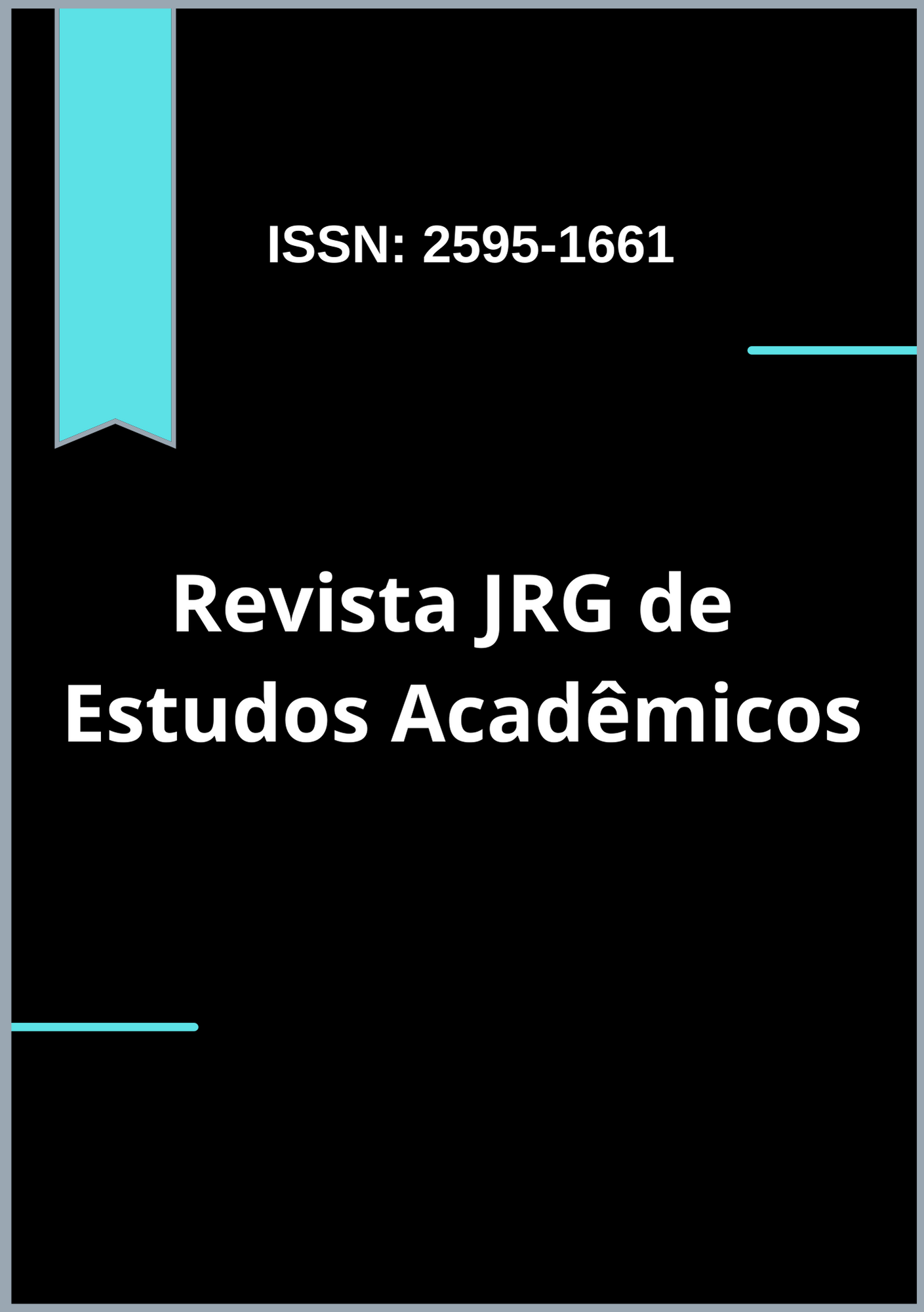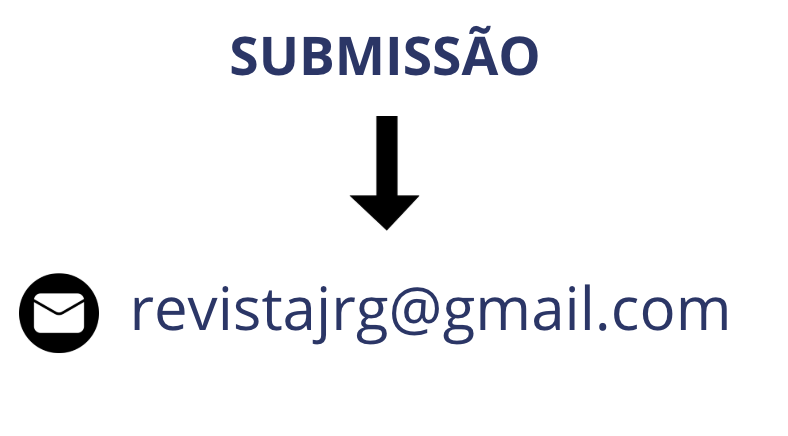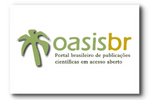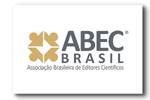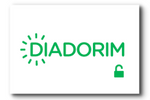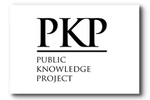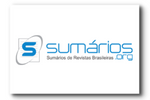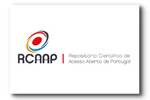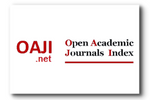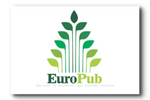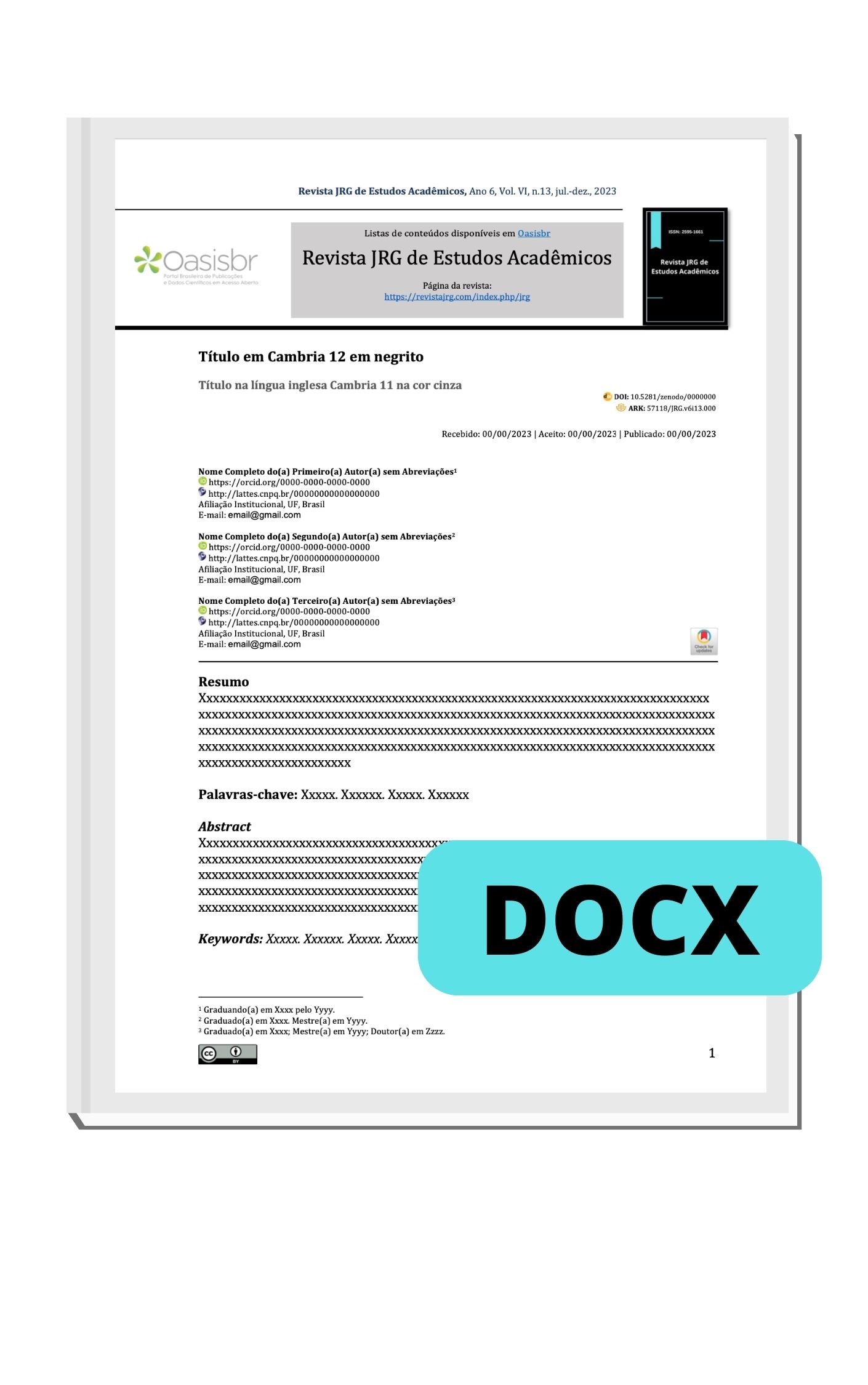Bioremediation in Acidic Ecosystems: Biosurfactant Potential of Candida tropicalis isolated from the Rio Negro (Amazonas, Brazil)
DOI:
https://doi.org/10.55892/jrg.v8i19.2676Keywords:
Amazon region, Environmental biodegradation, Oil pollution, SurfactantsAbstract
Objective: To investigate the biosurfactant potential of yeasts of the genus Candida tropicalis isolated from the water of the Negro River port area in Manaus (AM), with a view to their application in bioremediation processes in Amazonian ecosystems. Methodology: Water samples were collected from the banks of the Negro River, at the public port of Manaus, during the flood season. Microorganisms were isolated in Bushnell and Haas medium supplemented with 1% diesel oil as a carbon source. Presumptive identification of yeasts was performed on CHROMagar Candida® medium, with subsequent evaluation of biosurfactant potential through emulsification bioassays and biodegradability testing using the 2,6-dichlorophenol-indophenol redox indicator. Results: Six yeasts identified as Candida tropicalis were isolated. All demonstrated emulsification capacity, with rates ranging from 6% to 53%, with the highest value obtained by strain L1. The biodegradability test indicated complete discoloration of the mineral medium after 24 hours of incubation, confirming the biosurfactant potential and diesel oil degradation capacity. Conclusion: The results indicate that C. tropicalis yeasts isolated from the port area of the Negro River have relevant biosurfactant activity and hydrocarbon biodegradation potential, reinforcing the importance of Amazonian microbial biodiversity as a source of compounds with biotechnological applications.
Downloads
References
ALMEIDA, D. G.; SOARES DA SILVA, R. C. F.; MEIRA, H. M.; BRASILEIRO, P. P. F.; SILVA, E. J.; LUNA, J. M.; RUFINO, R. D.; SARUBBO, L. A. Produção, caracterização e formulação comercial de um biossurfactante de Candida tropicalis UCP0996 e sua aplicação na descontaminação de poluentes de petróleo. Processos, v. 9, n. 5, p. 885, 2021.
ATASOY, M.; ÁLVAREZ ORDÓÑEZ, A.; CENIAN, A.; DJUKIĆ-VUKOVIĆ, A.; LUND, P. A.; OZOGUL, F.; TRČEK, J.; ZIV, C.; DE BIASE, D. Exploitation of microbial activities at low pH to enhance planetary health. FEMS Microbiology Reviews, v. 48, n. 1, p. 1-29, jan. 2024.
BADMUS, S. O.; AMUSA, H. K.; OYEHAN, T. A.; SALEH, T. A. Environmental risks and toxicity of surfactants: overview of analysis, assessment, and remediation techniques. Environmental Science and Pollution Research International, v. 28, n. 44, p. 62085-62104, nov. 2021.
BANAT, I.M. Characterization of Biossurfactants and their use in pollution removal-State of art (review).Acta Biotechnologica, v. 15, n.3, p:251-267, 1995.
BANAT, I.M.; MAKKAR R.S.; CAMEOTRA, S.S. Potential commercial applications of microbial surfactants. Applied Microbiology and Biotechnology, V. 53, N. 5 P. 495-508, 2000.
BARBOSA, F. G.; RIBEAUX, D. R.; ROCHA, T.; COSTA, R. A. M.; GUZMÁN, R. R.; MARCELINO, P. R. F.; LACERDA, T. M.; SILVA, S. S. da. Biosurfactants: sustainable and versatile molecules. Journal of the Brazilian Chemical Society, v. 33, n. 8, p. 870-893, 2022.
BAYONA, J. V. M.; SALVADOR GARCÍA, C.; TORMO PALOP, N.; GIMENO CARDONA, C. Evaluation of a novel chromogenic medium for Candida spp. identification and comparison with CHROMagar™ Candida for the detection of Candida auris in surveillance samples. Diagnostic Microbiology and Infectious Disease, v. 98, n. 4, p. 115168, dez. 2020.
BRAGA, P.R.; CRUZ, I.L.C.; BARREIROS, G.B.; NOUÉR, S.A.; NUCCI, M. Secular trends of candidemia at a Brazilian tertiary care teaching hospital. Braz. J. Infect. Dis. 2018; v. 2, n. 4, p. 273-77, 2018.
CALDAS, M.C.F.; SILVA, R.R.; MEIRA, H.M.; SILVA, G.S.; SARUBBO, L.A.; LUNA, J.M. Biosurfactant Production using Candida tropicalis URM 1150 and its Application in the Bioremediation of Coast Environments Impacted by Oil Spills. Front. Biosci. (Elite Ed), v.16, n. 4, p. 1-10, 2024.
CÁUPER, L.L.B.; CÁUPER, F.R.M.; MENEZES, N.C.; OLIVEIRA, C.M.; OLIVEIRA JÚNIOR, P.R.; OLIVEIRA, L.A. Potencial de biodegradação de petróleo por rizobactérias isoladas de solos Amazônicos, usando o indicador diclorofenol indofenol – DCPIP. Educação Ambiental e Cidadania: Pesquisa e Práticas Contemporâneas, v. 2, p. 246-256, 2021.
CORMACK, W. P. M.; FRAILE, E. R. Characterization of a hydrocarbon degrading psychrotrophic Antarctic bacterium. Antarctic Science, v. 9, n. 2, p. 150-155, 1997.
CORSEUIL, H.X.; WEBER, W.J. Jr. Potential biomass limitations on rates of degradation on monoaromatic hydrocarbons by indigenous microbes in subsurface soils. Wat. Res., v.28, p.1415-1423, 1994.
DAEF, Enas, MOHARRAM, Ahmed ; ELDIN, Salwa Seif. Evaluation of chromogenic media and seminested PCR in the identification of Candida species. Brazilian Journal of Microbiology, v. 45, n. 1, p. 255–262, 2014.
HAGLER, A. N.; AHEARN, D. G. The ecology of aquatic yeasts. In: ROSE, A. H.; HARRISON, J. S. (ed.). The yeast. v. 1. Biology of yeasts. New York: Academic Press, 1987. p. 181-205.
HANSON, K.G.; DESAI, J.D.; DESAI, A. J. A rapid and simple screening technique for potential crude oil degrading microorganisms. Biotechnology Techniques, v. 7, p. 745-748, 1993.
HUNT, M. E.; RICE, E. W. Microbiological examination. In: EATON, A. D. et al. (eds.). Standard Methods for the Examination of Water & Wastewater. 21st ed. Washington, D.C.: American Public Health Association (APHA); American Water Works Association (AWWA); Water Environment Federation (WEF), 2005.
JAIN, A.; KHAN, H.W.; JAIN, P. Capítulo 6: Application of biosurfactant as versatile additives or ingredients of food processing. In: INAMUDDIN, C.O. (Organizador). Applications of next generation biosurfactants in the food sector. London: Elsevier, 2023. p.111-32.
MAHMOUD, Y. A. G.; EL-HALMOUCH, Y. H.; NASR, E. E. et al. Exploring the potential of biosurfactants produced by fungi found in soil contaminated with petrochemical wastes. Scientific Reports, v. 14, p. 25733, 2024.
MOLDES, A. B.; RODRÍGUEZ-LÓPEZ, L.; RINCÓN-FONTÁN, M.; LÓPEZ-PRIETO, A.; VECINO, X.; CRUZ, J. M. Surfactantes sintéticos e bioderivados versus biossurfactantes microbianos na indústria cosmética: uma visão geral. International Journal of Molecular Sciences, v. 22, p. 2371, 2021.
MONAPATHI, M. E.; BEZUIDENHOUT, C. C.; JAMES RHODE, O. H. Aquatic yeasts: diversity, characteristics and potential health implications. Journal of Water and Health, v. 18, n. 2, p. 91-105, abr. 2020.
MOHIUDDIN, O.; HARVEY, A. P.; LEDESMA, M. T. O.; VELASQUEZ-ORTA, S. Bioremediation of waste by yeast strains. Electronic Journal of Biotechnology, v. 69, p. 30-42, 2024.
NOUÉR, S.A.; ALVARENGA, S.A.; CARVÃO, L.L.; CASTIÑERAS, A.C.; GUIMARÃES, L.F.; ROCHA, H.L.R.; BARREIROS, M.G.C. Mudança na epidemiologia de candidemia: dados de um hospital de alta complexidade. Brazilian Journal of Infectious Diseases, v. 28, n. 3, p. 104392, 2024.
OLIVEIRA, B.R.M.; BARBOSA, P.S.Z.; LIMONGI, R. Ensaio rápido, simples e confiável para detectar o potencial degradador detriazinas por Pseudomonas aeruginosa hidrocarbonoclásticas. Brazilian Applied Science Review, Curitiba, v.6, n.1, p. 281-287 , jan./feb., 2022.
RON, E. Z.; ROSENBERG, E. Biosurfactants and oil bioremediation. Current Opinion in Biotechnology, v. 3, p. 249-252, 2002.
SEGAL-KISCHINEVZKY, C.; ROMERO-AGUILAR, L.; ALCARAZ, L. D.; LÓPEZ-ORTIZ, G.; MARTÍNEZ-CASTILLO, B.; TORRES-RAMÍREZ, N.; SANDOVAL, G.; GONZÁLEZ, J. Yeasts inhabiting extreme environments and their biotechnological applications. Microorganisms, v. 10, n. 4, p. 1-26, 2022.
SENA, H.H.; SANCHES, M.A.; ROCHA, D.F.S.; SEGUNDO, W.OL.P.F.; SOUZA, DE SOUZA, J;V.B. Production of Biosurfactants by Soil Fungi Isolated from the Amazon Forest, International Journal of Microbiology, n.1, p. 1-8, 2018.
SIOLI, H. Studies in Amazonian waters. Atas do Simpósio sobre a biota amazônica (Limmnologia), v. 3, p. :9-50, 1967.
SIKKEMA, J.; BONT, J.; POOLMAN, B. Mechanisms of membrane toxicity of hydrocarbons. Microbiological Reviews, v. 59, p. 201-222, 1995.
SOUZA, D.B; BRITO, G.C.; VASCONCELOS, C.W.; BRAGA, L.C. Estudo de micro-organismos presentes em uma área contaminada por gasolina comercial. REA- Revista de Estudos Ambientais (on line), v. 12, n.2, p. 38-46, jul/dez, 2010.
TAMURA, T.; ALSHAHNI, M. M.; MAKIMURA, K. Evaluation of CHROMagar™ Candida Plus chromogenic agar for the presumptive identification of Candida auris. Microbiology and Immunology, v. 66, n. 6, p. 292-298, jun. 2022.
WU, L.; ALMEIDA, L.N.R.; SOLDATI, L.L.; GARCIA, P.G. Leveduras do gênero Candida isoladas de hemocultura de pacientes hospitalizados. Brazilian Journal of Infectious Diseases, v. 27, n.1, p. 102812, 2023.
ZHANG, Q.; XIANG, J.; LV, W.; LIU, Y.; SUN, J.; WAN, P.; JIANG, L. Quorum sensing molecules in yeast wastewater treatment and their regulation of yeast cell morphology. SSRN Electronic Journal, v. 49, 2022.
ZUZA-ALVES, D. L.; DE MEDEIROS, S. S.; DE SOUZA, L. B.; SILVA-ROCHA, W. P.; FRANCISCO, E. C.; DE ARAÚJO, M. C. et al. Evaluation of virulence factors in vitro, resistance to osmotic stress and antifungal susceptibility of Candida tropicalis isolated from the coastal environment of Northeast Brazil. Frontiers in Microbiology, v. 7, p. 1783, 2016.
ZUZA-ALVES, D. L.; SILVA-ROCHA, W. P.; CHAVES, G. M. An update on Candida tropicalis based on basic and clinical approaches. Frontiers in Microbiology, v. 8, p. 1927, 2017.
